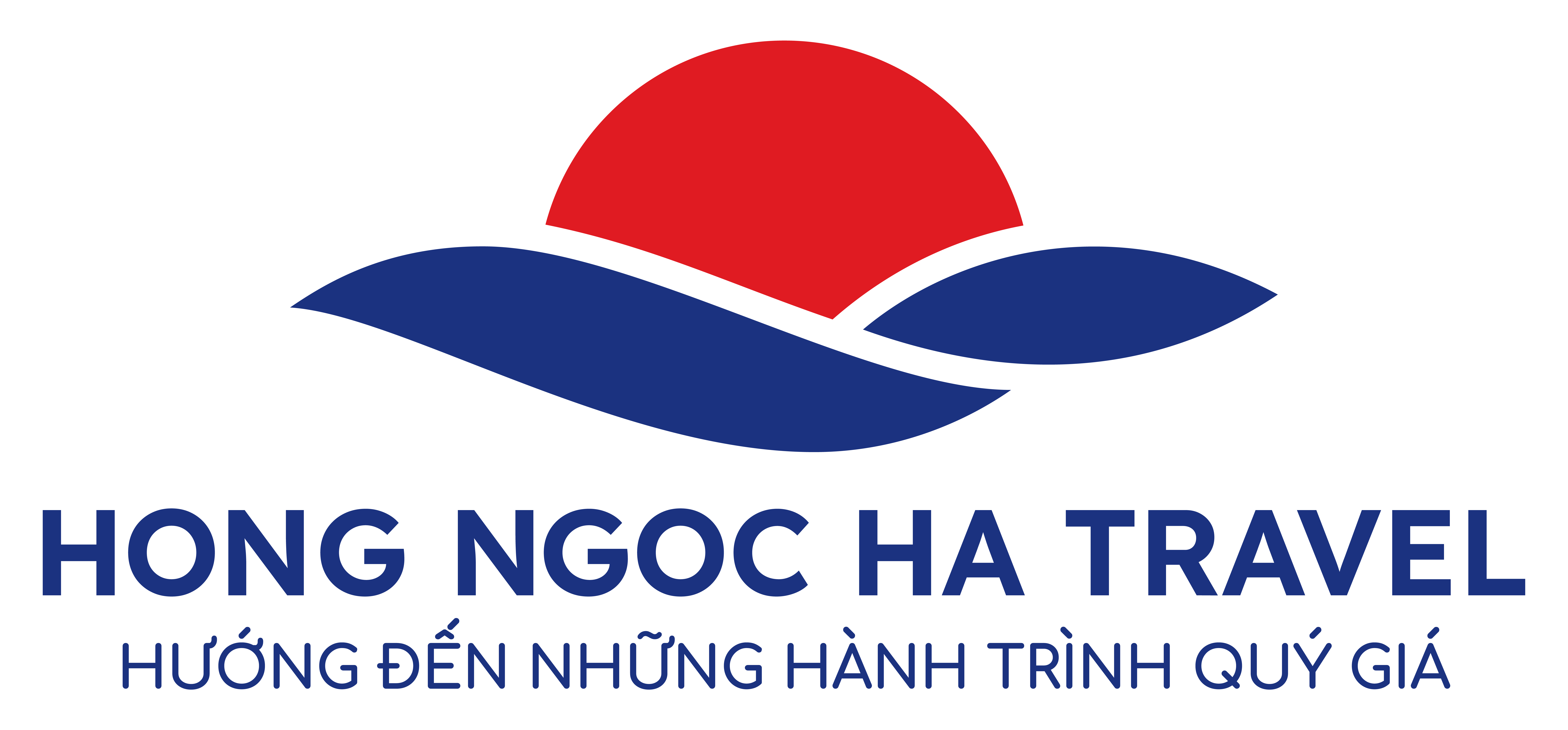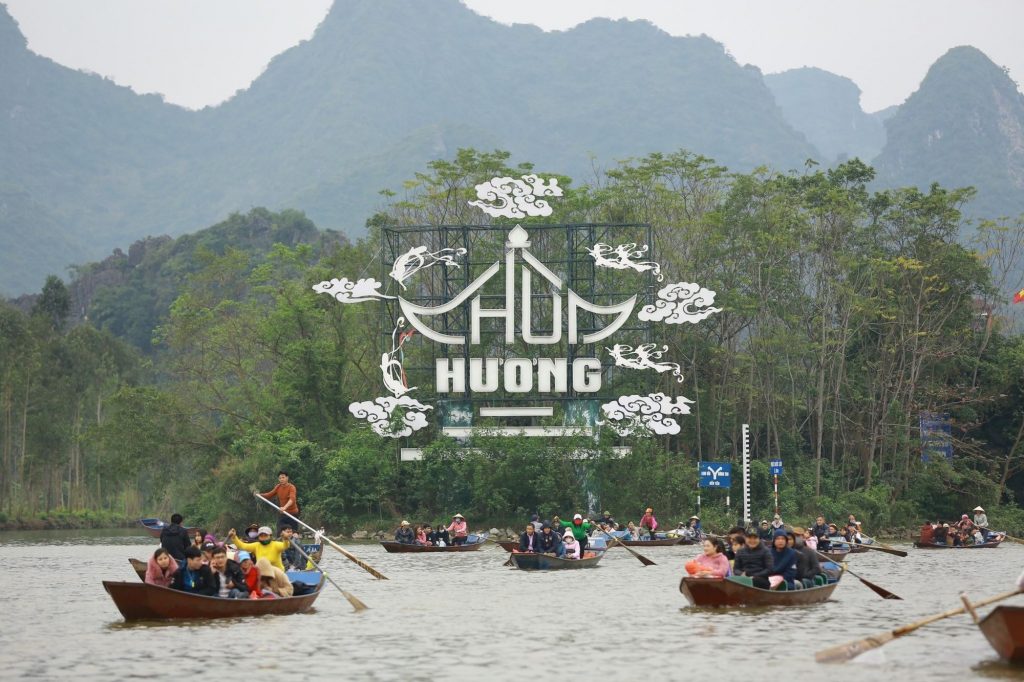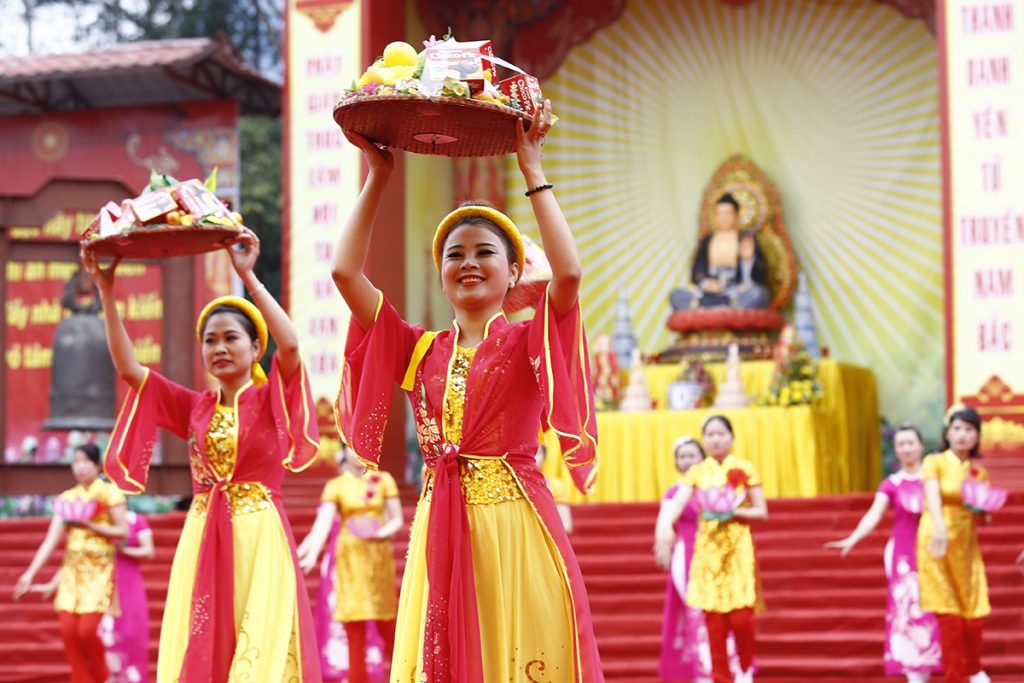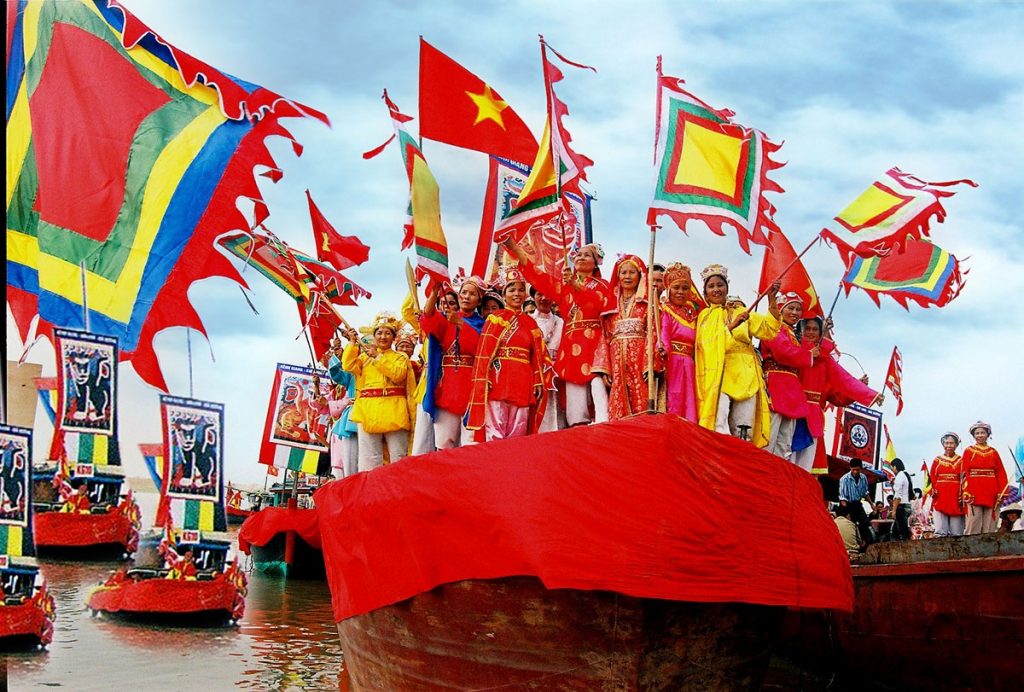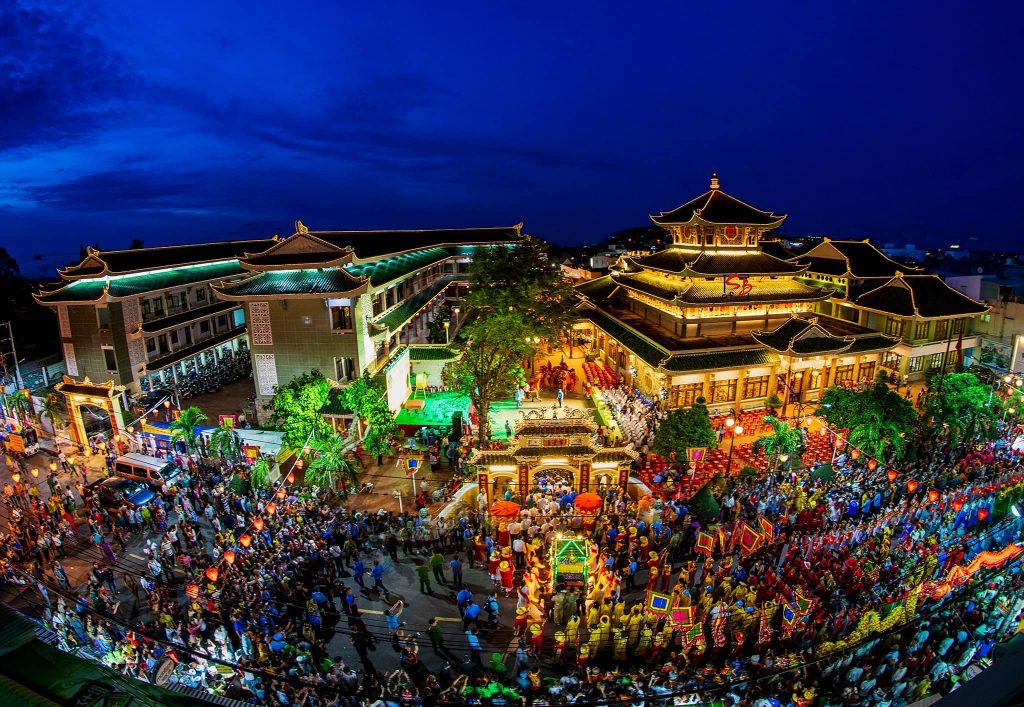LIST OF SOME MOST MAJOR SPRING FESTIVALS IN VIETNAM
Spring is unanimously the most festive season in Vietnam in general.
Vietnam is home to many traditional festivals which are the celebration of ritual and cultural activities that take place in communities all across the country. And while these celebrations are conducted at different times throughout the year, spring is unanimously the most festive season from the North to the South in Vietnam. During the time of such festivals, the sacred rituals, customs, regulations, and entertainment activities of specific communities are very vividly portrayed. Dozens of thousands of tourists come to visit scenic panorama and pagodas and worship for health, luck and prosperity.
However, due to the concerns of the COVID-19 pandemic, festivals might be canceled or receive limit number of participants.
Dong Ky Village Festival
The spring festival of Dong Ky village in Tu Son district in the northern province of Bac Ninh opens on the fourth day of the first lunar month and always attracts a large crowd of locals and visitors. The ancient Dong Ky village was well known for its large firecracker contest. Dong Ky village festival now features firecracker procession rituals, recalling the old tradition and praying for prosperity. Today, the Dong Ky spring festival still preserves many unique folk customs, becoming an attractive destination during the spring days.
The firecracker procession is a unique feature of the Dong Ky spring festival. Two big firecrackers were being carried by local young men from the traditional house to the communal house. A dragon-lion dance team led the firecracker procession delegation. The firecrackers were taken into the communal house in the joy and excitement of participants. The two firecrackers were taken into the communal house for worshipping rituals in front of the local god. It is a custom of Dong Ky village that those who turn 50 years old in the year are admitted to “Hoi dong tue” (a group of same-aged people) to perform rituals at the communal house. After the formal worshipping rituals, a contest between “Ong dam” (ritual masters) takes place. Each hamlet selects an “Ong dam” following strict criteria (who has a good married life, has both sons and daughters, does successful business, and has no funeral), who will be carried by young people to join a running race at the communal house.
Dong Da Festival in Hanoi
Dong Da Hill Festival is one of Hanoi’s most popular and oldest Tet events. The spiritual festival is annually held in the fifth day of the lunar calendar in Dong Da District.
From early in the morning, local residents gather en mass at the Dong Da Culture Park, a historical site where the Ngoc Hoi-Dong Da battle for the capital took place in 1788.
The festival is organised to commemorate the considerable merits of Emperor Quang Trung – a national hero against Chinese invaders centuries ago.
The festival is held to uphold the country’s cultural values, while educating younger generations about the traditions of patriotism and national pride.
The festival also featured a series of music art performances and folk games re-enacting the victory and various activities including marital art competitions which represent the power and intelligence of the country.
Tich Dien Doi Son Festival
Tich Dien Doi Son Festival has long been a beauty in community cultural activities because it is a festival rich in humanity, with profound agricultural extension, expressing gratitude to the ancestors in the discovery, expanding fields, upholding the spirit of being close to the people, and respecting farmers and farming.
Tich Dien Doi Son Festival takes place from February 5-7 (the fifth to seventh day of the Lunar New Year) in the Doi Son area of Tien Son Commune, Duy Tien District, Ha Nam Province.
The buffalo painting contest has been held within the framework of the Tich Dien Festival for 12 years by the Ha Nam Literature and Arts Association and always attracts the participation of many painters from inside and outside the province.
According to the evaluation of the organising board, most of the works are imbued with the traditions of the spring season, with the image of the zodiac sign and bearing the identity of agriculture, creating buffaloes with distinctive and unique paintings.
The winning buffaloes of the contest will join the Tich Dien Festival, a highlight of Ha Nam tourism, which also aims to encourage farmers to develop agricultural production and promote the building of new-style rural areas.
Tich Dien Festival features the importance of agriculture and the role of farmers, and contributes to preserving and upholding the cultural values of the locality.
The festival began in the year 987, during the Le dynasty, when King Le Dai Hanh decided to plough in Doi Son Commune, Duy Tien District, to wish for a bumper crop. The practice then became an annual tradition held through many dynasties.
After a long time of interruption, the festival was restored in 2009 and has been held annually since then.
Soc Temple and Saint Giong festival
The festival, taking place from the sixth day to the eighth day of the first lunar month, aims to honour the legendary hero Giong, who is known as one of the Four Immortals of Vietnam along with Tan Vien, Chu Dong Tu and the Mother Goddess Lieu Hanh.
Legend has it Saint Giong was born after his mother walked in the footsteps of a giant. At the age of three, Giong suddenly transformed into a giant and fought foreign invaders. The king then presented Giong with an iron horse, which promptly chased the invaders out of the country.
After triumphing, he and his horse went to Soc Mountain in Soc Son District. It is said that from the top of the mountain, he removed his armour and flew into the sky on his steed. Giong is also widely worshipped as “the patron god of the harvest, national peace and family prosperity”.
The Saint Giong Festival was recognised as a world intangible cultural heritage of humanity by UNESCO in 2010.
A wide range of activities are being held during the festival, such as love duets, wrestling and traditional games.
Huong Pagoda in Hanoi
Huong (Perfume) Pagoda Festival is one of the most famous Buddhism festivals during Tet, especially amongst people from the northern provinces of the country.
The festival begins on the sixth day of the first lunar month in My Duc District and will last until the end of the third lunar month.
Unlike other places, Perfume Pagoda gathers many temples, small pagodas and caves associated with mountains and forests, making it a large landscape complex, with a harmonious architecture between natures and man-made. This is not only a cluster of spiritual and cultural relics but also a national cultural heritage.
People visit Huong Pagoda to not only pay respect to the Buddha but also enjoy the tranquil landscape of Yen wharf and other sacred places of the complex.
The festival includes a variety of cultural rituals and traditions such as boat cruise, trekking, hiking, folk music performances, etc.
Vieng Market Festival in Nam Dinh Province
Vieng Market, in Vu Ban District, is launched only once in a year, when people have just finished their Tet (Lunar New Year) holiday.
It opens on the 8th of the first lunar month, however, the most spiritual moment falls on the night of the seventh and early eighth.
The two-day-only event is believed to bring luck to visitors, both sellers and buyers at the market. The market offers a wide range of goods, from food to children clothes, potted plants to farming tools, all of which are bought and sold without bargaining.
Besides visiting the market, shoppers can also visit pagodas and temples nearby to worship Mother Goddesses and pray for prosperity.
Consequently, there are 40,000-50,000 people coming to the market on the night of seventh alone.
Lồng Tồng festival – A unique cultural shade of Tày ethnic group in Tuyên Quang province
“Lồng Tồng” means “early year farming”, a unique and typical agricultural festival of “Tày” ethnic group.
The festival is annually celebrated from the 8th days of the lunar New Year, the festival is a religious ritual dedicated to the god of agriculture in wish for being blessed verdant crops and prosperity throughout the year.
It begins with a parade of nine trays of local specialties as an offering to gods in order to thank them for having got good crops and hope for a prosperous and peaceful time ahead in the New Year.
It was followed by a lion dance performed by youngsters, a ritual named “Tịch Điền” (ploughing), and folk games, such as: tug of war, stick pushing and “ném còn” (cloth ball throwing).
The festival, which is also popular in other northern mountainous provinces such as Bắc Cạn, Thái Nguyên, Cao Bằng, Lạng Sơn and Hà Giang, has become a tourist attraction every spring.
In addition to the “Lồng Tồng” festival, Tuyên Quang province boasts several other national intangible cultural heritages, namely “Then” singing of the “Tày” ethnic group, Cap sac (coming-of-age) ritual and Pao dung singing of Dao ethnic group.
The festival was named national intangible cultural heritage in 2013.
Yen Tu Festival in Quang Ninh Province
Yen Tu Festival is held at Yen Tu Mountain, Uong Bi City, from the 10th day of the first lunar month to the end of the third lunar month.
Yen Tu is a pagoda complex that comprises 11 pagodas, countless shrines, accommodated structures, and historical and cultural relics associated with the founding and development of Truc Lam Zen meditation in Vietnam.
Yearly, thousands of visitors come to Yen Tu to attend solemn processions and rites and pray for lucks and health to themselves and their family.
Apart from traditional art programmes, they can also participate in folk games like cock fighting, tug of war, con (cloth ball) throwing and chess.
Lim Festival in Bac Ninh Province
Lim Festival opens annually on 12th-14th days of the first lunar month in the year. The festival takes place in Tien Du District.
The festival consists of two major elements: worship ceremonies to honour local deities and festive activities such as weaving and wrestling competitions, cock fighting, calligraphy writing and quan ho (love duet) singing.
The quan ho singing, which has become one of UNESCO’s Intangible Cultural Heritage since 2009, is the highlight of the festival. It is a living historical record of the daily life of Vietnamese people. The beautiful lyrics are of profound meanings, and incline leading up the pagoda on Lim hill, where Lim Pagoda is located.
Visitors can enjoy quan ho’s beautiful lyrics at different stages and interact with singers in traditional costumes. They sing love duets together in pair of one male and one female. Do not miss the taste of betel chewing while enjoying the smooth and lovely melody of folk songs.
Fish-worshipping Festival in Hue
Fish-worshipping Festival, known as the Cau Ngu Festival, kicked off at Thai Duong village, Thuan An town, Phu Van district, in the central province of Thua Thien Hue on the 12th day of the first lunar month. The event aims at showing respect to the predecessors who were credited with reclaiming the land and taught the locals fishing; praying for good weather, peaceful sea, and good health in order to have good catches in the upcoming harvest. Thousands of local people and tourists were attracted to the event.
Existing in Thai Duong village for hundreds of years, the Cau Ngu Festival often takes place in the early new year to commemorate the village guardian deity Truong Quy Cong, who taught the locals fishing and trading. This is also an opportunity to promote and preserve traditional cultural values of Thai Duong villagers.
Traditionally held once every three years, the Cau Ngu Festival starts with a palanquin procession around the village and performances re-enacting fishing and trading activities. The event is followed by folk cultural activities, including “Boi” singing, tug-of-war, traditional boat race on Tam Giang lagoon, etc. Apart from the worshipping ceremony, all villagers make offerings at home to pray for good weather, peaceful sea, and abundant harvest; vessels are decorated with lights and flowers.
The Cau Ngu Festival also took place at Thai Duong Ha village, Hai Duong commune, Huong Tra town in the morning of the 11th day of the first lunar month and at An Cu Dong village, Lang Co town, Phu Loc district on the 6th day of the first lunar month.
Tran Temple Festival in Nam Dinh Province
Tran Temple Festival is organised from 13th to 15th days of the first lunar month in Nam Dinh City.
The ceremonies aim to honour ancestors of the Tran dynasty (1226-1400), who earned their livings from fishing and pray for good weather.
The ceremonies also remind locals of famed fish breeds dating back hundreds of years in Tuc Mac Village, in today’s Loc Vuong Ward. The village was also the residential area of the Tran family in Nam Dinh Province.
The ritual of opening the royal seal is an important ceremony held on the night of the 14th day of the first lunar month. The seal-opening ceremony dates from a time when the King worshiped the Heaven God and the royal court opened the national seal to return to normal work after a Lunar New Year Holiday.
It was followed by festive games and activities of weightlifting, dragon and tiger dances, and chess competition.
The festival was recognised as national intangible heritage in 2014.
Ba Chua Xu Festival in An Giang
The annual festival takes place at Ba Chua Xu Temple in Nui Sam, Chau Doc city from the 22th – 24th of the fourth lunar month, to honour the sacred Ba Chua Xu, a local tutelary goddess. Ba Chua Xu Festival is one of the biggest religious events in the South, attracting nearly two million pilgrims yearly.
In the southern culture, Ba Chua Xu represents an image of a protector of the Vietnamese border and a tutelary of prosperity and health, and has many names, including Chúa Xứ Thánh Mẫu (Holly Mother of the Realm).
In addition to communal houses across villages, the Lady of the Realm is worshipped in small shrines and even in Buddhist temples, usually represented by glass paintings, and wooden or cement statues.
It recreates five folk ceremonies, including a procession of the statue of Ba Chua Xu from Sam Mountain down to the temple, and washing the statue.
It is said that the temple of Ba Chua Xu was built with leaves and bamboo in the 1820s. It was rebuilt and is now a beautiful site in the Sam Mountain area.
Located in the That Son (Seven Mountains) area, which is the delta’s roof, Sam Mountain has many cultural heritage sites, including ancient Tay An pagoda, and the mausoleum of Thoai Ngoc Hau (1761 – 1829), a renowned general of the Nguyen Dynasty.
Bà Đen Mountain Spring Festival in Tây Ninh Province
The Bà Đen Mountain Spring Festival is an annual event, taking place between the 4th and the 16th of the first lunar month. During the festival, visitors enjoy activities including movie screenings, art performances, and folk games.
Bà Đen is the highest mountain in the southeast, rising to a height of 986 metres. There are two cable car systems on the mountain. Vân Sơn cable car carries visitors to the top of Bà Đen Mountain and has 113 cabins, while Chùa Hang cable car goes up to Bà Đen Pagoda and has 78 cabins.
